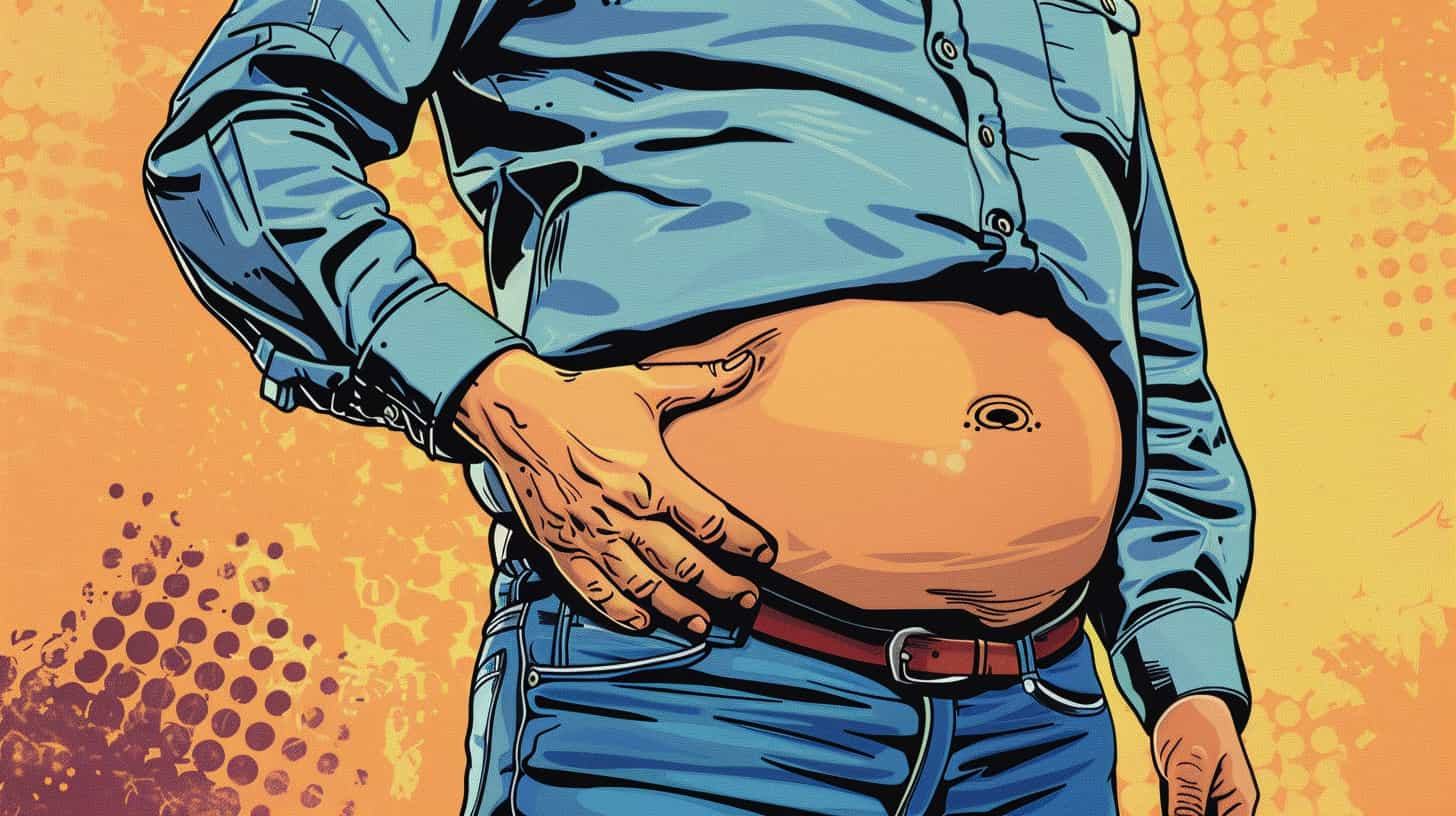When it comes to fat loss, many people believe that endless hours of cardio are the only way to shed those extra pounds and reveal a toned, defined body. However, there’s a growing school of thought that suggests you can successfully lose fat and achieve your dream physique without spending time on cardio exercises. Let’s dive into the benefits of skipping cardio and focus on what really matters for fat loss.
The Benefits of Skipping Cardio
- Time Efficiency: One of the biggest advantages of skipping cardio is that you save time. Without needing to carve out extra hours for cardio sessions, you can focus your energy on more important aspects of your fitness journey.
- Reduced Psychological Stress: Cardio, especially in a caloric deficit, can be mentally taxing. The idea of burning more calories when your body is already in a state of energy shortage can lead to elevated cortisol levels. High cortisol levels are counterproductive to both muscle gain and fat loss.
- Avoiding Adaptation: Over time, your body adapts to the stress of cardio, making it less effective for fat loss. This adaptation is one reason why marathon runners may still carry a significant amount of subcutaneous fat. To continue losing fat, you’d need to do more cardio, which isn’t sustainable or desirable for most people.
- Preventing Muscle Loss: Cardio, especially long sessions or fasted cardio, carries a risk of muscle loss. For example, doing cardio immediately after a strength workout without proper nutrition can reduce the effectiveness of your muscle-building efforts. When you’re in a caloric deficit, preserving muscle should be a top priority, and excessive cardio can interfere with that.
How to Achieve Your Ideal Body Without Cardio
So, if you’re not doing cardio, how do you achieve that lean, defined look? The key lies in diet control and strength training.
- Control Your Diet:
- Caloric Deficit: The most critical factor in fat loss is maintaining a caloric deficit. This deficit should be carefully managed—not too large, which can lead to muscle loss and burnout, and not too small, which can slow down progress.
- Macronutrient Balance: Pay attention to your macronutrient ratios. High-fat foods like burgers, while fitting into your caloric budget, may not provide the best balance of protein and carbohydrates needed to maintain muscle while losing fat. Lean meats, rice, and vegetables are ideal choices for both fat loss and muscle gain phases.
- Optimize Your Strength Training:
- Focus on Resistance Training: Your strength training routine should be the cornerstone of your fat loss plan. Not only does it help maintain muscle mass, but it also increases your metabolic rate, leading to greater fat loss.
- Increase Daily Activity: Instead of structured cardio, increase your daily activity level. Aim for at least 10,000 steps a day, and take opportunities to walk instead of driving or using other forms of transportation.
By focusing on these strategies, you can achieve a leaner physique without the need for traditional cardio exercises. It’s all about smart training and disciplined eating habits.


